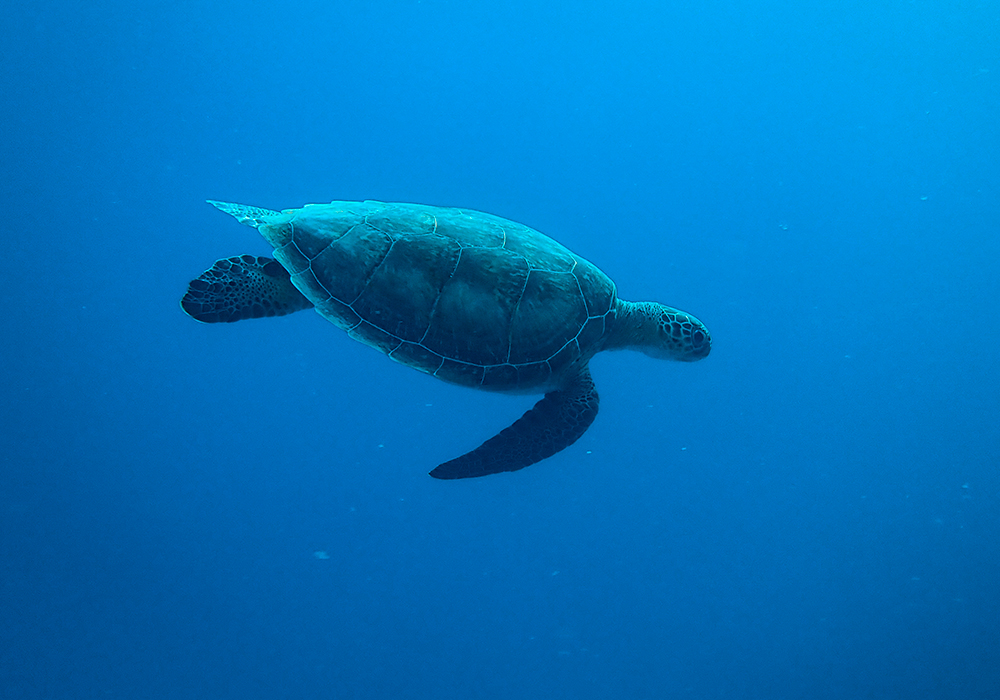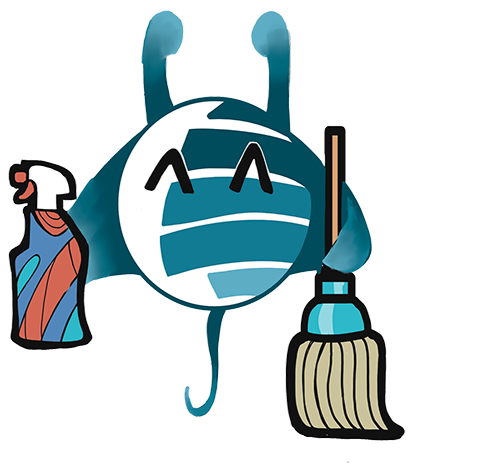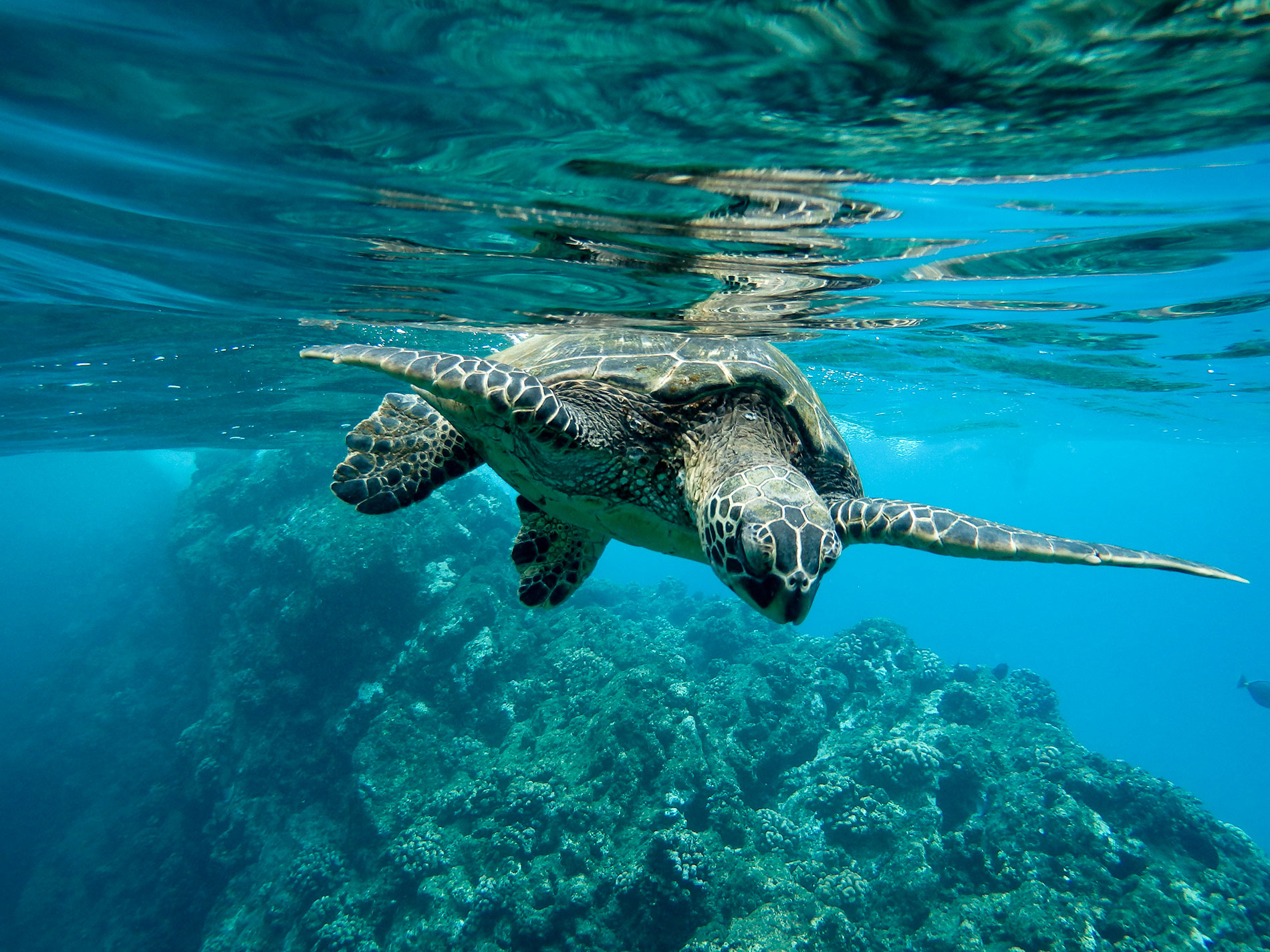It is perhaps the scientific name of an animal that is better known and used by non-biology experts. And it is also the name that specifically identifies the most widespread species of sea turtle in the Mediterranean: the Caretta caretta. Which is also the smallest of the seven species of sea turtles present in all the seas of the planet, where they have lived for over two hundred million years, having perfectly adapted to life in water, despite having the need to breathe, as they have lungs. An animal that is a symbol of our sea and that has not been doing very well for a few decades now. Like, moreover, the other sister species, exposed to increasing risks of anthropic origin for their survival. So much so that they are all classified as "vulnerable" and in serious danger of extinction.
With a length that exceeds one meter and a weight that can reach 180 kilos, the Caretta is equipped with a shell, formed by horny plates called scutes both in the upper part, reddish brown in color, and in the lower part, the plastron, yellowish in color with orange spots. The shell, due to its shape, does not allow the animal to withdraw its head and legs, as land turtles do, but is more suitable for swimming. The legs are also functional for the latter, especially the front ones that have two nails in young subjects and only one in adults, but increasingly larger in males. The tail is another distinguishing element between the sexes: it is very long in males and appears precisely with sexual maturity, around thirteen years of life. The large head is also covered in scales and has a beak (rhamphotheca) always horny, with sharp edges to allow the turtle to feed more easily.
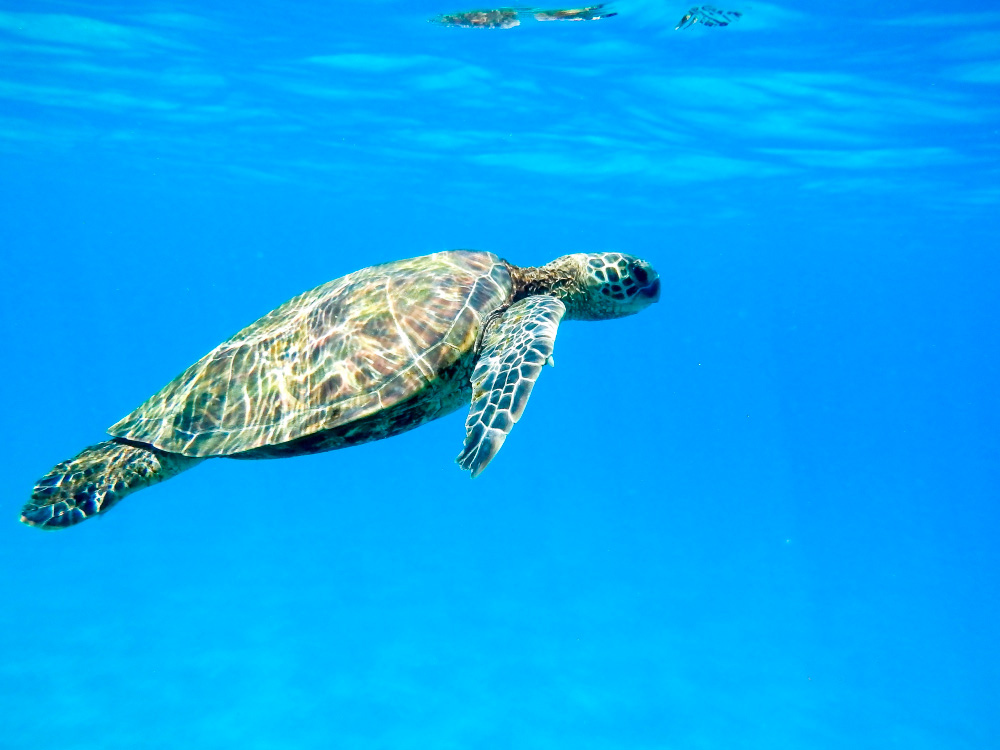
Feeding sites
The diet of sea turtles is quite varied, based on algae and both benthic organisms such as crustaceans, molluscs and fish and planktonic organisms such as jellyfish, including the fearsome Portuguese man o’ war (Physalia physalis). In fact, turtles are valuable for the marine ecosystem, among other things, precisely as predators of jellyfish, from whose stinging tentacles they are protected by their carapace. Important feeding sites for the Caretta are in the Adriatic and Ionian Seas, but also off the coasts of Tunisia, Libya and Spain, although the marine reptile is present in every part of the Mediterranean basin, as well as in the oceans, at tropical and temperate latitudes.
Breeding sites
Different from the feeding sites where they normally live, in the open sea, are the breeding sites, on land, on the beaches, mostly in the eastern part of the Mediterranean, but now very often also in the western part and, with the increase in sea temperatures, even further north than the original nesting areas. It is there that adult turtles move, even facing enormous distances, when, having reached sexual maturity on average around twenty years of age, they must fulfill their reproductive "mission", every two or three years. And they often choose the same place where they were born, a behavior known as philopatry.
Mating takes place at sea, then the males return to their places of origin, while during the entire reproductive phase, which lasts between June and September, the females dig three nests, 10/20 days apart. This operation takes place at night, in quiet coastal areas, where the turtles can dig deep holes with their strong front paws in which they lay up to a hundred eggs at a time, covering them with sand. In this way they are safe from predators and above all they are in the most favorable conditions possible for incubation, which can last between 42 and 70 days, depending on the temperature and grain size of the sand, as well as the external temperatures. This is the only parental care that the mother provides for the benefit of her offspring, given that after laying the eggs she immediately goes back to sea, to dedicate herself to the next nest or to reach distant feeding sites again. Meanwhile, during the deposition, in order to protect the embryos from damage caused by the maternal movement already during the excavation, their development is naturally blocked for twelve hours.
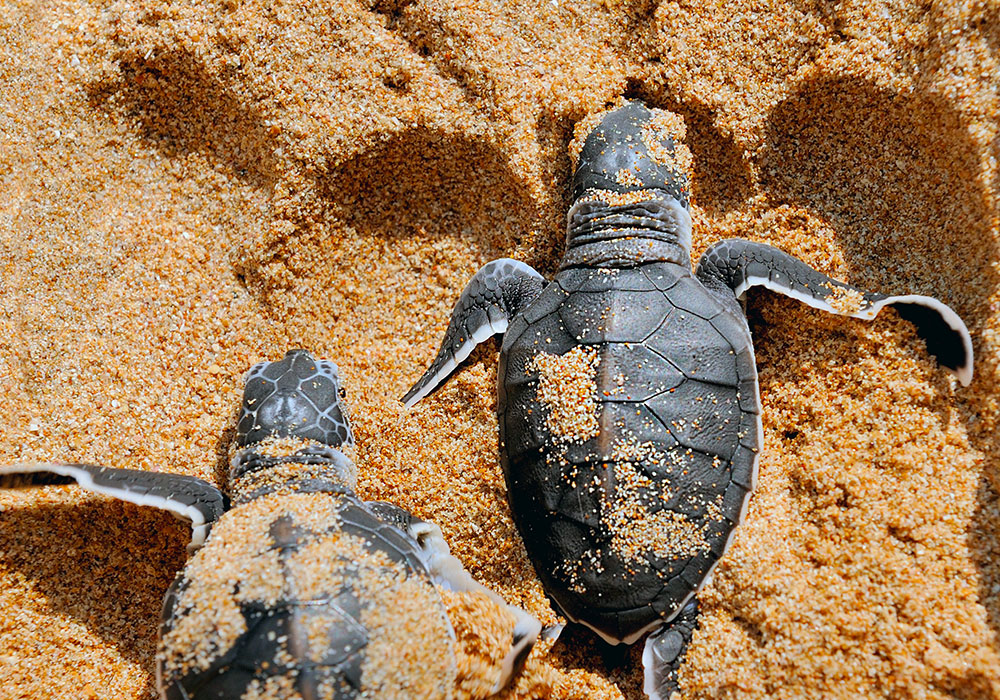
New generations of turtles
During the incubation period, there are many possible dangers that can compromise the hatching of the eggs: low or too high temperatures, unfavorable weather conditions, contact with water or high humidity if the nest is too close to the shoreline, attacks by fungi and harmful insects, but also the destruction of the nests caused by mechanical cleaning of the beaches or other activities that take place on them. For this reason, it is essential to identify the nests and protect them from external attacks, making them safe, in favorable conditions to allow correct incubation and the hatching of all the eggs or a high percentage of them.
The temperature of the sand that surrounds the eggs is the element that determines the sex of the turtles: above 29 degrees, females will be born, below that, males. Once the growth period in the egg is over, the baby turtle breaks the shell with the egg tooth, which it will lose after a couple of weeks. The little ones emerge from the nest a few days after hatching, having to rise to the surface from under the thick layer of sand. They come out at night and head directly towards the sea, attracted by the light of the moon and stars that reflects on the liquid surface. For this reason, it is necessary that there are no artificial light sources that mistakenly direct them away from the sea. The race towards their natural element is full of dangers for the little ones, who are exposed to capture by seagulls and other predatory birds.
Those that reach the sea, swim in the first twenty-four hours to reach the open sea and points sufficiently rich in nutrients, assuming they manage to escape the fish, which decimate the new generations. Therefore, despite the high number of eggs laid, only a small percentage of individuals will be able to reach adulthood and ensure the future of the species.
The “secret” growth in the open sea
The surviving baby turtles grow in pelagic waters, that is, in the open sea, starting to make the long migrations characteristic of their species, in search of places favorable to the supply of food in correspondence with the continental shelves or, during the winter, of milder temperatures. Little is still known about this phase of juvenile life, which has remained unknown for a long time, but it seems that the individuals live individually, moving a lot. Only with adulthood and the beginning of the reproductive phase, the turtles also begin to frequent coastal waters, although they always face challenging migrations. As happens, for example, from one side of the Mediterranean to the other or between this and the Atlantic. Long and complex routes, which are only now starting to reveal their secrets, thanks to technologies at the service of science.
